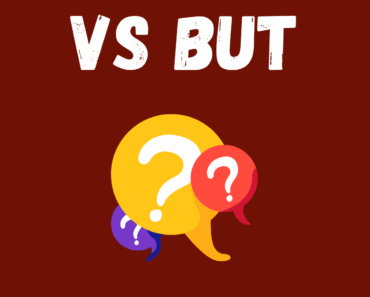The words “big” and “large” are often used interchangeably, but they have subtle differences.
- “Big” is more informal, frequently used in casual conversation to describe size, importance, or impact. It’s versatile, applying to physical dimensions as well as concepts.
- “Large,” on the other hand, is more formal and generally focuses on physical dimensions or quantities.
While both can describe size, “large” is more commonly used in specific contexts like measurements or numbers. Choosing between the two often depends on the context, with “large” leaning towards a more precise, scientific tone, and “big” fitting everyday usage.
Big
Definition: “Big” generally refers to something significant in size, importance, or impact.
Usage and Examples:
- Physical Size: “A big elephant was blocking the road.” Here, “big” describes the physical size of the elephant.
- Importance/Impact: “Winning the championship was a big moment in his career.” In this context, “big” describes the significance of the moment.
- Quantitative/Volume: “They have big plans for expansion.” “Big” here implies ambitious or grand plans in terms of scope.
Large
Definition: “Large” usually pertains to something that’s considerable in size or extent, often measurable or quantifiable.
Usage and Examples:
- Physical Size: “The warehouse is large enough to store all the goods.” “Large” refers to the physical size of the building.
- Quantitative/Volume: “A large portion of the budget is allocated to research.” Here, “large” indicates a significant amount.
- Measurements/Numbers: “The conference attracted a large number of participants.” “Large” is used to quantify the number of attendees.
In summary, “big” is informal and broadly applicable, while “large” tends to be more specific and formal. The choice between the two words depends on the context and the level of precision desired.







